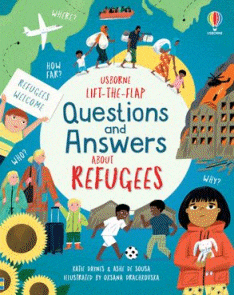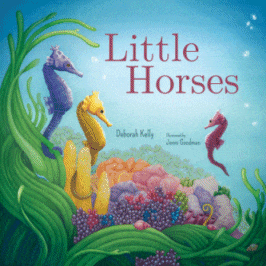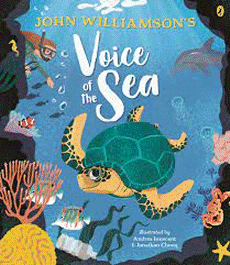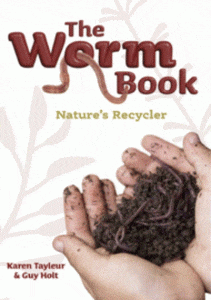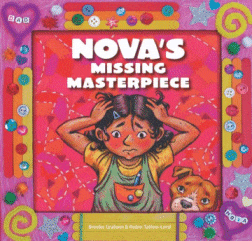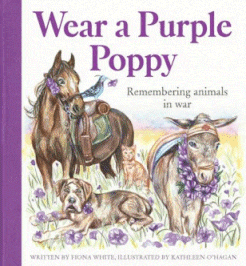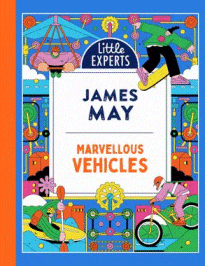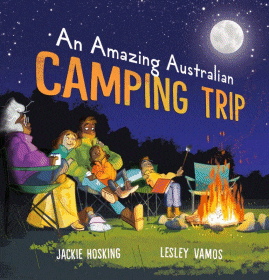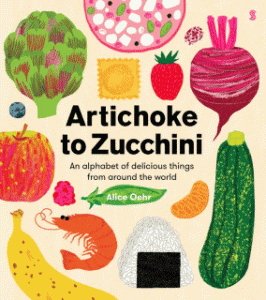
Artichoke to Zucchini
Artichoke to Zucchini
Alice Oehr
Scribble, 2023
32pp., hbk., RRP $A24.99
9781761380617
Many of us grew up learning that healthy eating was based on selecting something from the five food groups each day…
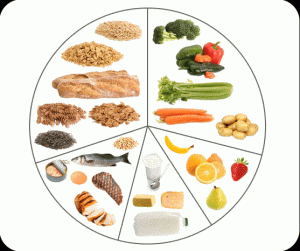
Five Food Groups
And then we learned that we should be judicious in our choices using the Food Pyramid as a guide…
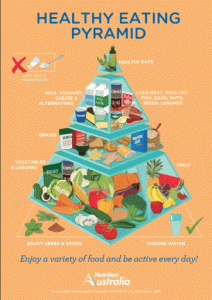
Food Pyramid
Then we were encouraged to eat a rainbow every day…
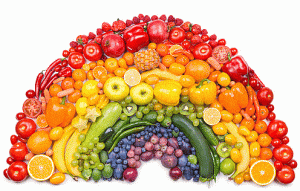
Food Rainbow
So it seems only logical that now we can indulge in an entire alphabet of food in this beautifully illustrated new release from graphic artist Alice Oehr, a follow up to her successful first book, Off to Market. a CBCA Notable and the Winner of the 2023 ABIAs Small Publishers’ Children’s Book of the Year.
A is for artichokes and long spears of asparagus. It’s for bright, creamy avocados and salty little anchovies …
While these sorts of books appear, on the surface, to be for very young readers learning new vocabulary as they pick out those foods they recognise, they have a much wider value as we try to encourage little ones to learn to make healthy choices from the get-go. Students can have fun classifying the various foods into those familiar food groups; they can tick off those they have tried and those they are yet to try; they can suggest foods they know that start with a particular letter but which haven’t been included on the page; those from other countries can contribute foods they are familiar with which we might not know; they can seek out recipes and ways to cook and prepare the foods they are unfamiliar with; they can carry out research and data collection of favourite foods; they might even venture into the history of food, the concept of food miles, traditional foods for traditional celebrations – the list is endless.
This is the first book I’ve reviewed for this company and if this is the calibre, then we are in for some good stuff. I’m just glad I did the review after my healthy chicken and salad meal!
